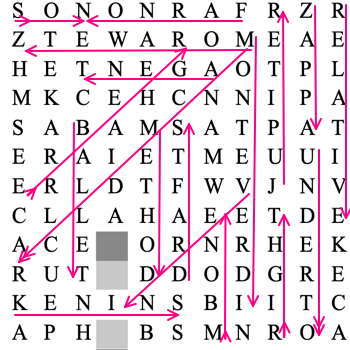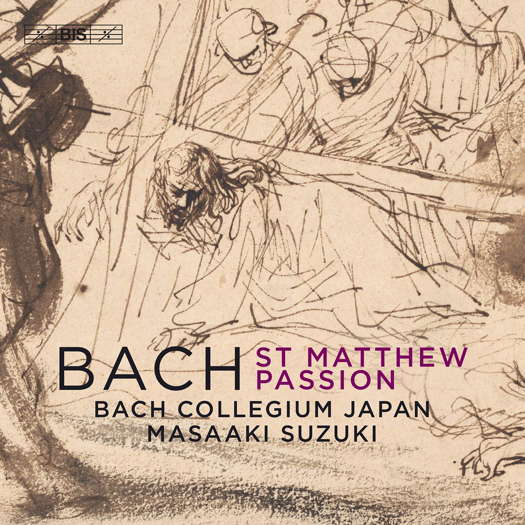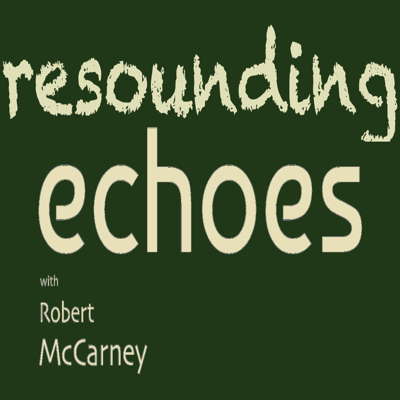 WORD SEARCH: Can you solve Allan Rae's classical music word search puzzles? We're currently publishing one per month.
WORD SEARCH: Can you solve Allan Rae's classical music word search puzzles? We're currently publishing one per month.

Fierce Urgency
Bach Collegium Japan's St Matthew Passion,
reviewed by PATRICK MAXWELL
'Suzuki's forces create this inner energy in a way that surges, through the music, into the crucifixion, creating the mix of oratorio and opera that Bach must have been envisaging when the work was first performed across the church of St Thomas' in Leipzig in 1827.'
Performing Bach's Passions is always a unique musical task due to both of the pieces' strange place in the repertoire. Bach, although aware of the desire for operatic work, never attempted any theatrical work, especially in view of his church patrons' desire for strictly liturgical works. Yet both the John and the Matthew, perhaps the former more so for its shorter length, have annually inspired some to consider their dramatic potential, driven by the constant juxtaposition of the Evangelist, the mob-like Chorus and its counterpart, the devout, reflective Chorale singers. They are distinctly dramatic, drawing in the audiences to the engrossing story, putting the irate, bitter, choruses and the urging voice of the recitativo against the lyricism and sonority of the arias and choruses. As Sir John Eliot Gardiner has written:
What most distinguishes his Passions from operas of the time is the way he does away with the convention of a fixed point of reference for the audience, rejecting the idea of a listener who surveys the development of the dramatic narrative more like a consumer - entertained, perhaps moved, ingesting spoon-fed images, but never a part of the action.
This new recording of the St Matthew, Bach's 'Great Passion', from the Bach Collegium Japan, under the direction of Masaaki Suzuki, is perhaps the summation of the achievements of the group, who have previously recorded all of the cantatas and the John Passion. Suzuki does not break any new boundaries with this recording, but takes on the fierce urgency that is necessary to communicate Bach's message through the ferocious intensity of the drama from the first chorus on the Mount through to the final, passionate sarabande, and the inner momentum that Bach's writing possesses in describing the story of the Passion. There are however times where Suzuki's idiosyncratic styles and tempi seem unreasonable, especially at the end of some numbers.
The soloists are excellent throughout; Carolyn Sampson has a slight advantage over her fellow soprano Aki Matsui, as does Damien Guillon over Clint van der Linde as an alto. Sampson produces a sublime rendition of 'Aus Liebe', which takes the same part in the drama as 'Zerfließe, mein herze' in the St John.
Listen — J S Bach: Aus Liebe will mein Heiland sterben (St Matthew Passion, Part II)
(SACD2 track 14, 0:45-1:39) © 2019 BIS Records AB :
Van der Linde does give a spellbinding version of the famous 'Erbarme dich', accompanied by (presumably) Ryo Terakado on the violin. This aria, which marks the point where we contemplate Jesus' ensuing trail and derision at the hands of the baying mob, marks surely one of the most poignant and visceral moments of devotion in the whole canon of not just the Bach oeuvre, but the whole of Western music.
Listen — J S Bach: Erbarme dich (St Matthew Passion, Part II)
(SACD2 track 4, 0:52-1:51) © 2019 BIS Records AB :
Evangelist Benjamin Bruns is superb, mixing the right amount of astute recitativo, in his role as the narrator, with the dramatic urgency that is needed to convey the words of the Gospel clearly. Christian Immler, who takes the role of Jesus, takes a different role in the story and music, acting more as the actor to the Evangelist's narrative, and taking more depth to his performance to show Jesus' supposed authority over his disciples. Tenor Makoto Sakurada is brilliant in the Recitative and Chorus of 'O Schmerz' and the Aria and Chorus of 'Ich will bei meinem Jesu wachen', where the four parts of the oboe, basso continuo, tenor soloist and chorus combine to make one of Bach's most intricate and yet intimate masterpieces.
Listen — J S Bach: Ich will bei meinem Jesu wachen (St Matthew Passion, Part I)
(SACD1 track 20, 0:33-1:31) © 2019 BIS Records AB :
Bach's chorales, taken from traditional melodies and harmonised in a way that only Bach could, are often the most blunt expressions of grief at Jesus' demise. 'Wie wunderbarlich' is perhaps the most extraordinary instance of this, yet the ensemble do not treat it with the intimacy the writing and text deserve, with Suzuki taking it at a pace that does not relish its lamenting tone.
Listen — J S Bach: Wie wunderbarlich (St Matthew Passion, Part II)
(SACD2 track 11, 0:00-0:17) © 2019 BIS Records AB :
The same is true of 'O Haupt voll Blut und Wunden' (O Sacred Head, Now Wounded), which takes the famous tune that Bach uses throughout the Passion, especially in one of the most emotive parts, just after Jesus dies. The words are deeply emotive, strained, but Suzuki doesn't manage to capture the full ardour of these emotions.
Listen — J S Bach: O Haupt voll Blut und Wunden (St Matthew Passion, Part II)
(SACD2 track 19, 0:24-0:53) © 2019 BIS Records AB :
The momentum that brings Bach's work forwards is the way he creates the growing sense of disorder, of pain, which he captures in the constant blend of both the sorrowful, impassioned music of the arias and the chorales, and the anger and proclamation of the Chorus, and the exchange in parts between the 'Believers' and the 'Daughters of Zion' in the different choirs. Suzuki's forces create this inner energy in a way that surges, through the music, into the crucifixion, creating the mix of oratorio and opera that Bach must have been envisaging when the work was first performed across the church of St Thomas' in Leipzig in 1827.
Listen — J S Bach: Wir setzen uns mit Tränen nieder (St Matthew Passion, Part II)
(SACD2 track 33, 4:50-5:44) © 2019 BIS Records AB :
The Gospel remains full of the anti-Semitic screed that its writers were fuelled with when it was written, yet there remains Bach and his music, which transcends the bitter story and takes us the closest modern audiences can come to the awe of any divine salvation.
Copyright © 8 April 2020
Patrick Maxwell,
Buckinghamshire, UK

CD INFORMATION - BACH: ST MATTHEW PASSION - MASAAKI SUZUKI
MORE ARTICLES ABOUT JOHANN SEBASTIAN BACH
FURTHER INFORMATION: BIS RECORDS



